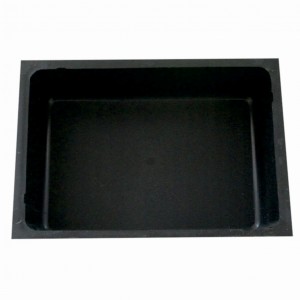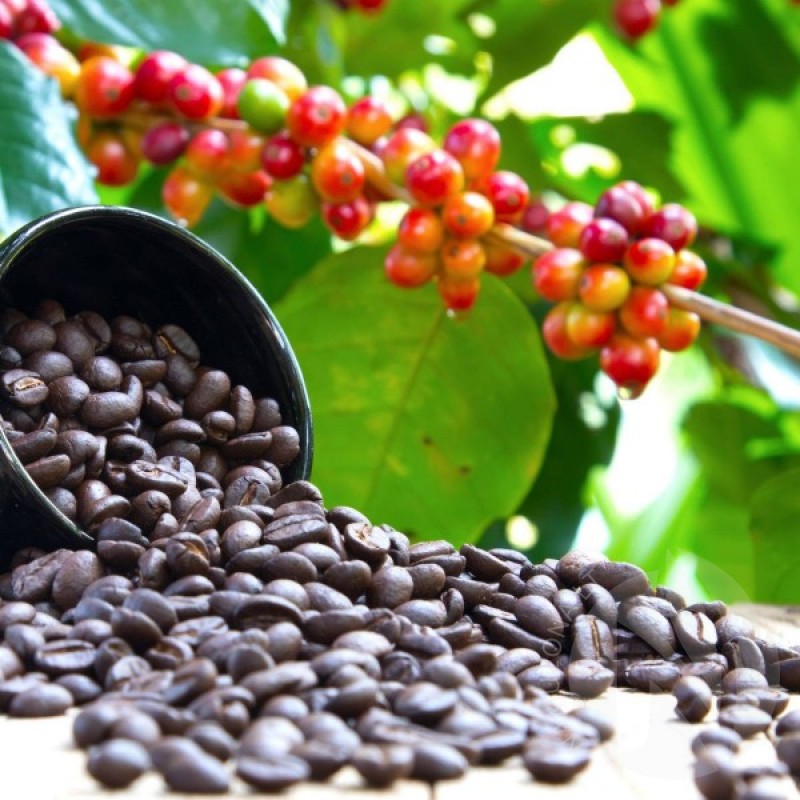
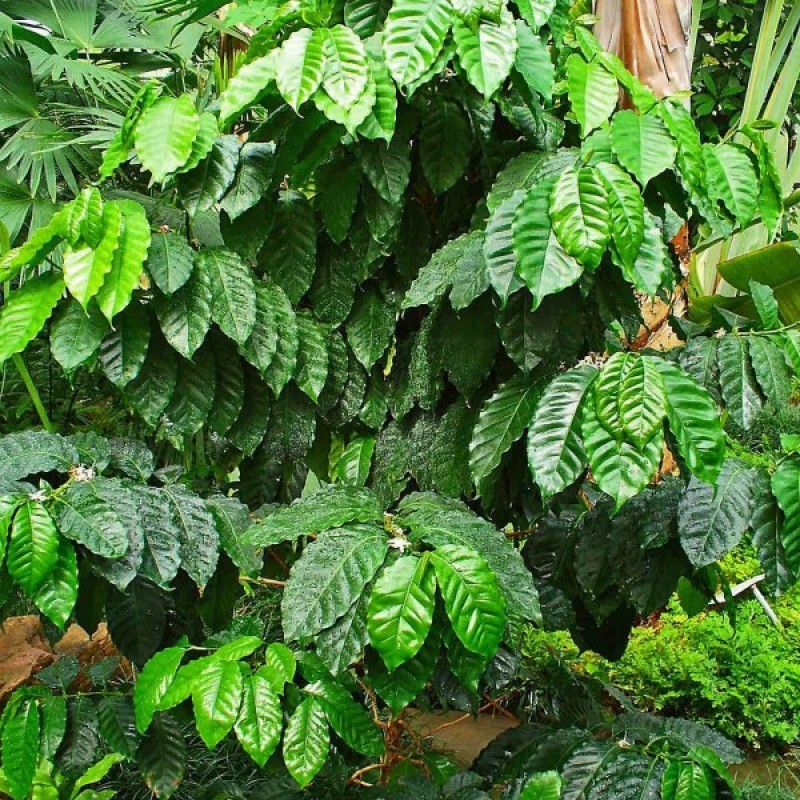

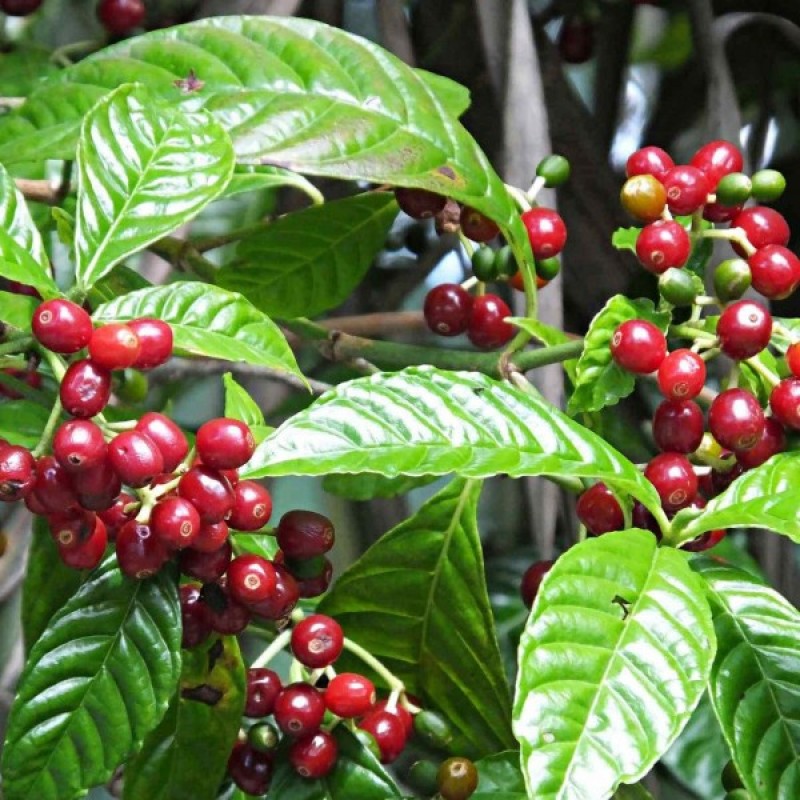
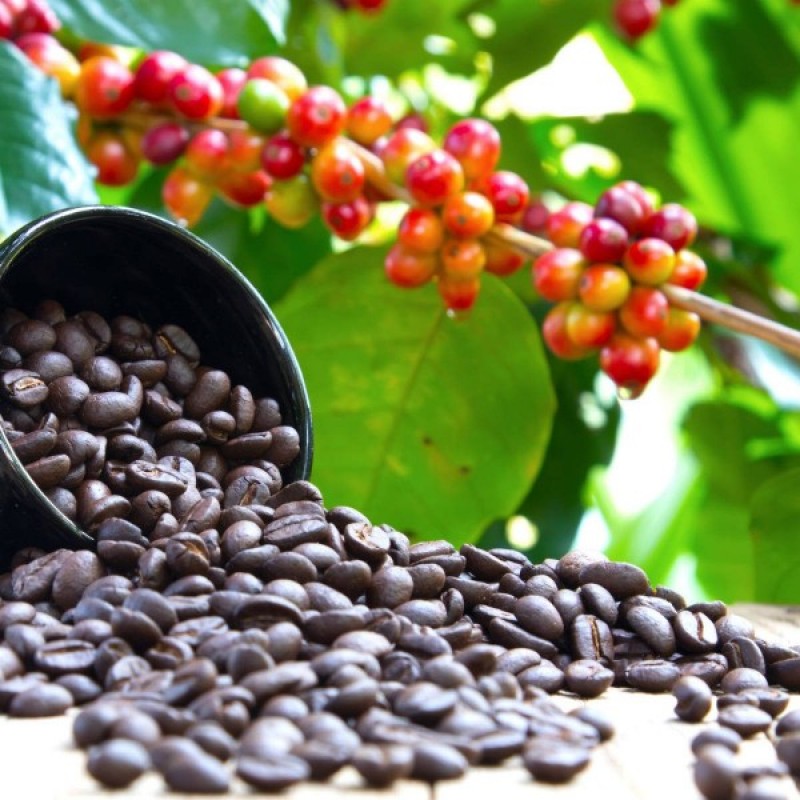
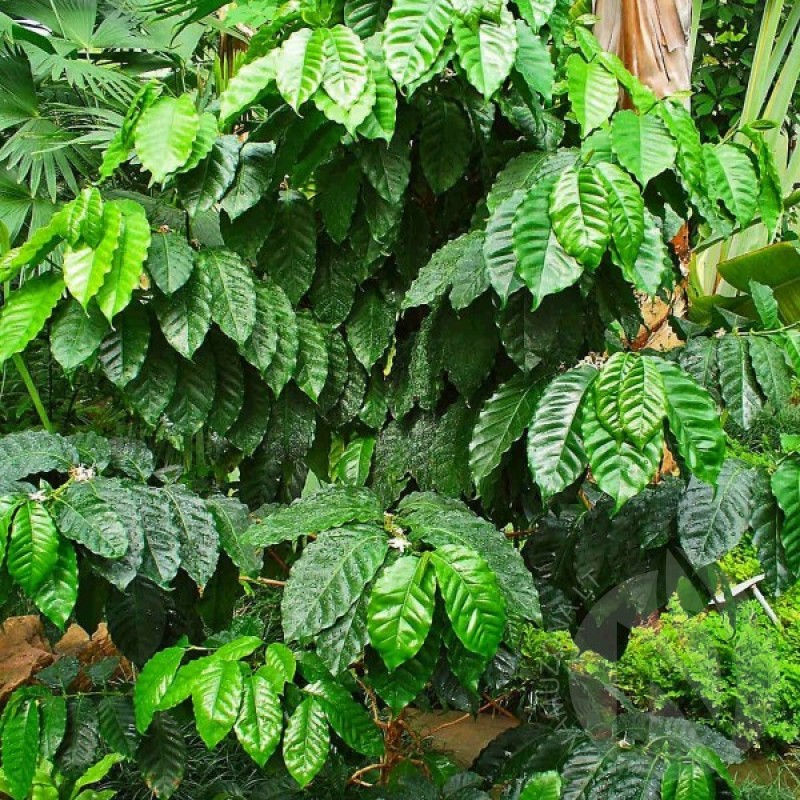
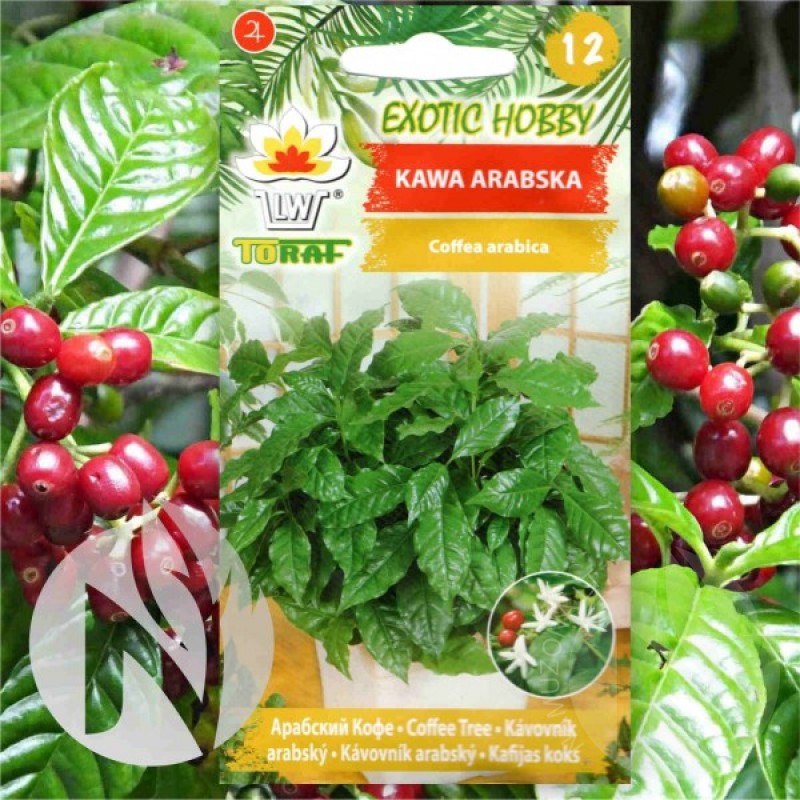
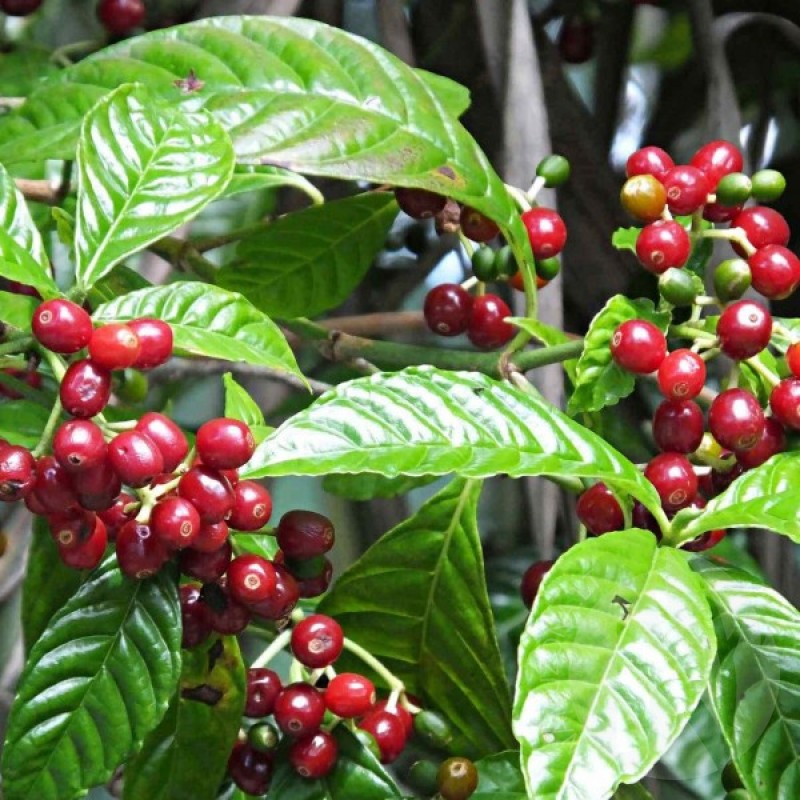
PAY ATTENTION!
All seeds (except SOLD OUT) are available for immediate shipping and will be dispatched within 1-2 business days.
INFORMATION NEEDED? PLEASE CONTACT US NOW!
Arabian or Arabica coffee is a lovely upright evergreen shrub with graceful gray-barked branches, fragrant white flowers and fruits (drupes) that yield some of the best coffee for drinking. Native to Ethiopia but now cultivated in wooded, high-altitude plantations throughout the tropics, Arabica coffee is by far the most economically important of all coffees, accounting for as much as 80 percent of all coffee grown worldwide.
Coffea arabica has been long cultivated and enjoyed by a variety of cultures. Early Ethiopians chewed the leaves and fruits to dispel fatigue. Coffee reached the Arab world by the 14th century and Europe by the 17th century. The Arabs protected their trade commodity closely, but the Dutch were able to secure seeds and start their own plantations in the East Indies. From then on it became a favorite drink throughout the western world and beyond.
The handsome, glossy, dark-green leaves of coffee shrubs are oval and often have wavy edges. The most flowers are produced in the wet season, usually in spring, and a lighter flush may be produced again in drier seasons. The small, white starry flowers are bee-pollinated and give rise to coffee beans, which are actually drupes and not true beans. The green fruits mature to red or purple. It is at this time they are harvested.
Post-harvest, the outer flesh of the fruits (sometimes called "cherries") are removed to reveal tan “beans.” These are then dried and the outer hulls cracked and removed and the inner beans roasted. Coffee can be roasted in various ways, from light to dark, which helps define the flavor and color of the final product.
Coffee shrubs typically grow in cool, tropical to subtropical high-altitude locations with distinct wet and dry growing seasons. They thrive in sites with partial or diffused sun and rich, fertile, well-drained soil with average pH. Some of the best coffee grows in volcanic soil. Coffee is sensitive to both frost and excessive heat.
Genus - Coffea
Species - Arabica
Common name - Arabian Coffee Tree
Pre-Treatment - Not-required
Hardiness zones - 10 - 15
Height - 1 m
Spread - 0,30 - 0,50 m
Plant type - Shrub
Vegetation type - Evergreen
Exposure - Partial Sun, Partial Shade
Growth rate - Medium
Soil PH - Neutral
Soil type - Laom, well drained
Water requirements - Average Water
Landscape uses - Alpine, Edible, Hedges, Houseplant, Tropical
Bloom season - Early Spring, Spring
Leaf / Flower color - Green, Dark Green / White
GERMINATION INSTRUCTIONS
Soak coffee beans for 24 hours in a bowl of warm water.
Plant one seed per section of a seed tray that is at least 2-3 cm deep. Use moist vermiculite or sand, available at nursery or garden centers. Plant the seeds just below the surface. Seeds requires light for germination, so cover with plastic wrap and continue to keep the soil moist, but not saturated. Place it in an area with indirect light and that is at room temperature.
Check the seeds for germination in two months; however, it can take up to six months for coffee beans to sprout. Once seeds germinate, they are ready to plant in their own pots.
LOTS OF USEFUL INFORMATION can be found at:
http://www.sweetmarias.com/growingcoffeeathome.php and http://www.easybloom.com/plantlibrary/plant/coffee
Atsiliepimų apie šią prekę kol kas nėra.
No questions about this product.







